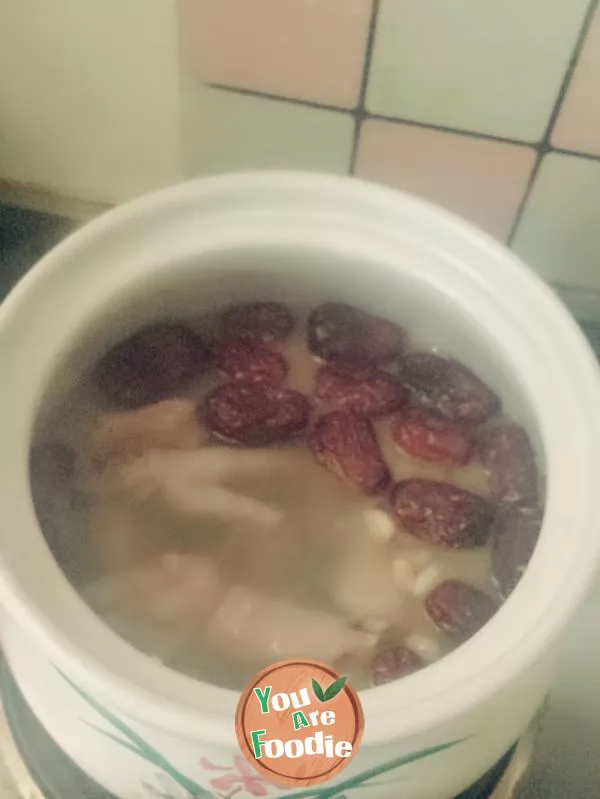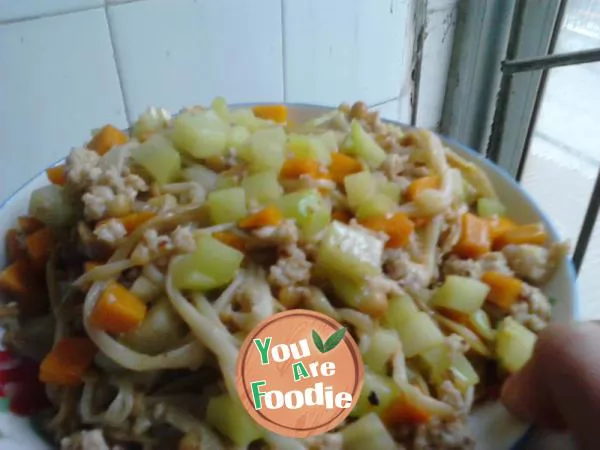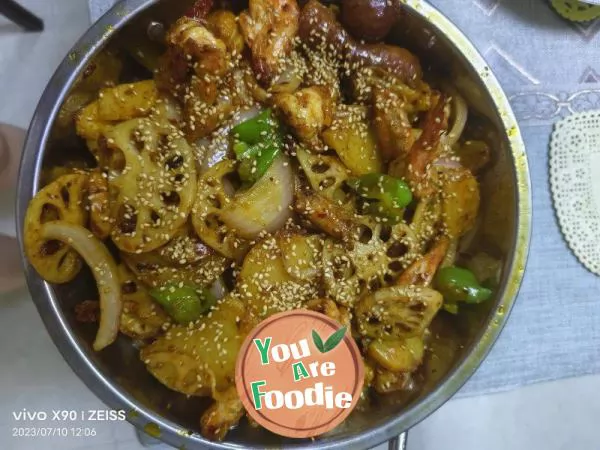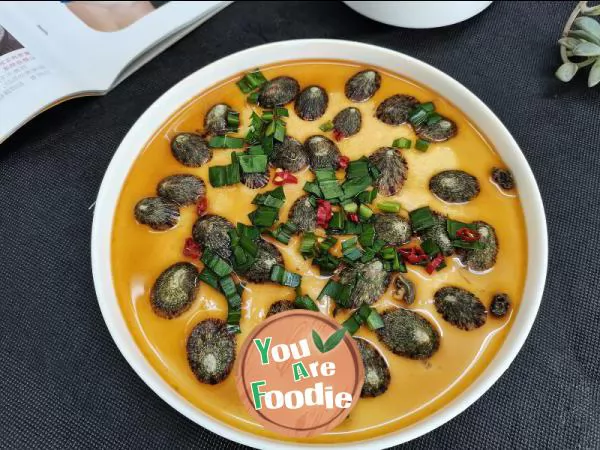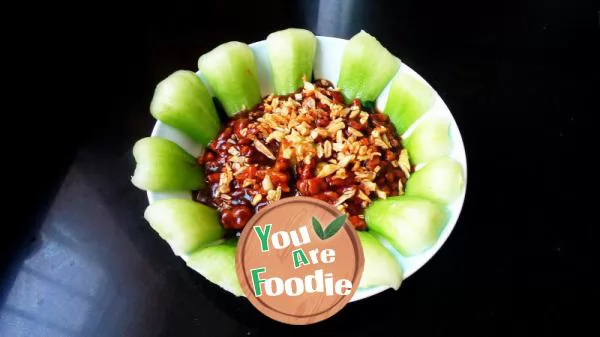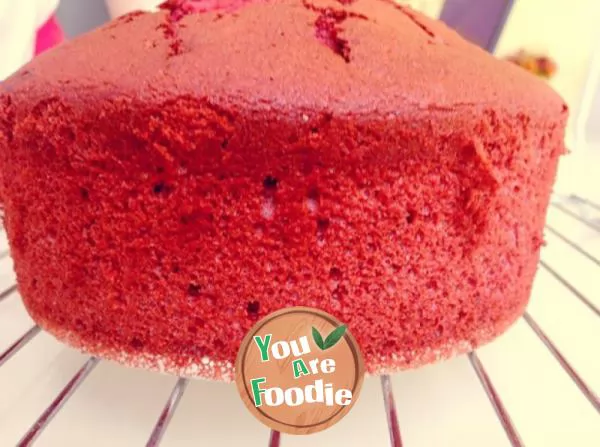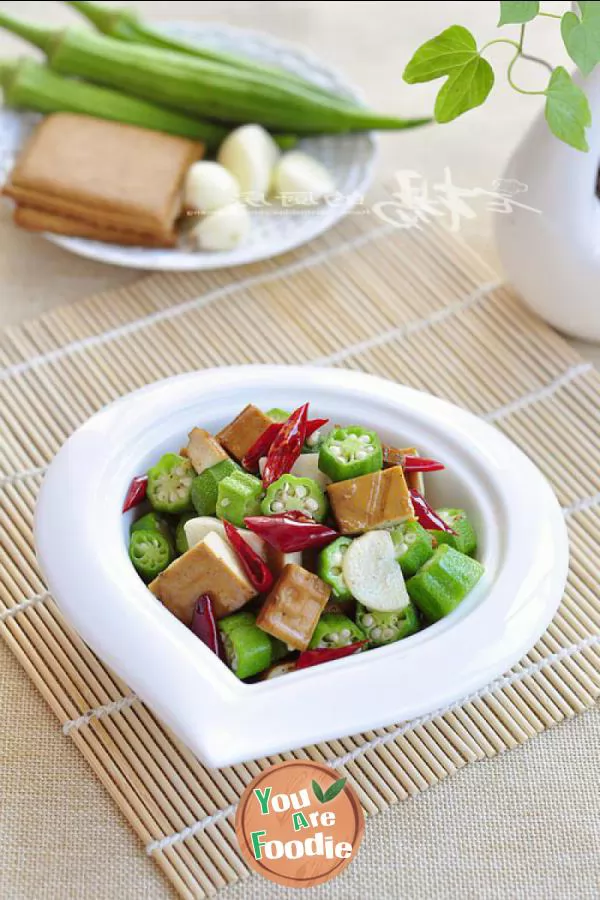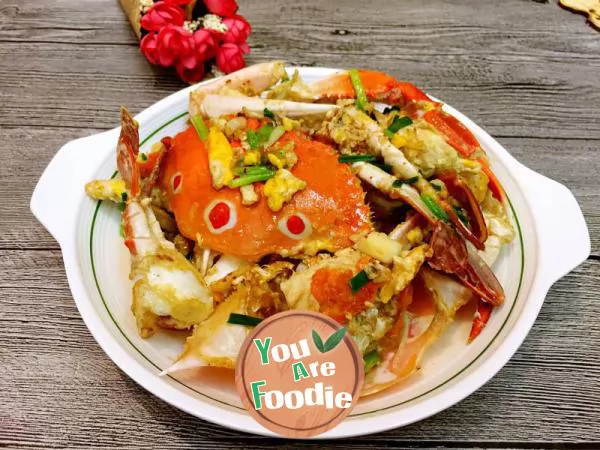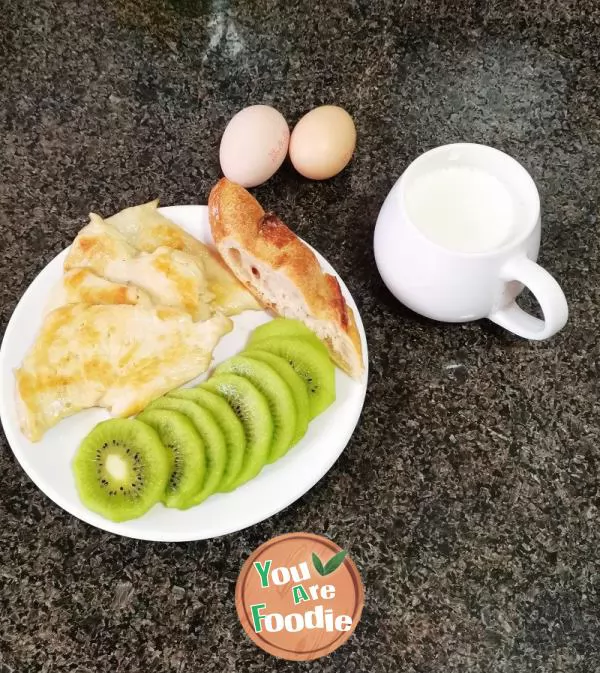
Hong Kong Style golden taro
Hong Kong taro comes from Chaoshan, Guangdong. All kinds of taro food are very delicious. I like tea taro, grass taro, rattan taro, red peach taro... Many kinds of taro. Each one has a unique taste.Both salty and sweet taste have their own merits, but both are delicious.I think the proportion should be accurate when making such snacks. Do not change the proportion and dosage at will, otherwise the difference will be a thousand miles.The steamed taro has a strong aroma of zongzi leaves. The crispy red onion, pork and shrimp on it are fully integrated with taro shreds. The aroma of taro itself and the dense, smooth, soft and waxy taste of glutinous rice fill the mouth. The fried golden taro has a crispy taste at the bottom. It is crispy at the top and bottom, but the texture is slightly different. In addition, the aroma of black pepper and the slight spicy of white pepper are really enjoyable.
Step 1 . Peel and shred the taro (wash the taro and shredding equipment before shredding, and never wash it again after shredding).

Step 2 . Scatter the shredded taro and set aside.

Step 3 . Put lard in the pot and turn it on low heat.

Step 4 . Add ground pork and stir fry.

Step 5 . Stir fry the pork with shrimp.

Step 6 . Stir fry until fragrant. Add shredded taro and stir fry.

Step 7 . Add soy sauce, sugar, and deep fry red onion (the fried method of red onion is the same as that of deep fried garlic, refer to my method of making deep fried garlic in Hong Kong style fried crab with shelter head)

Step 8 . Add a small amount of salt after frying out the flavor.

Step 9 . Add five spices and mix.

Step 10 . Add water and stir fry, then stew until the water is dry. After the water is dry, add fried red onions again, mix and copy evenly, and turn off the fire for standby. (after the water is dried, the red onion is added to increase the crispy taste. Be sure to add the red onion again.)

Step 11 . Sift the glutinous rice flour and set aside.

Step 12 . Pour the materials in the pan just fried into the glutinous rice flour.

Step 13 . Add water and mix them well. Don't add too much water at a time. Try adding a small amount each time to avoid failure of adding too much at one time.
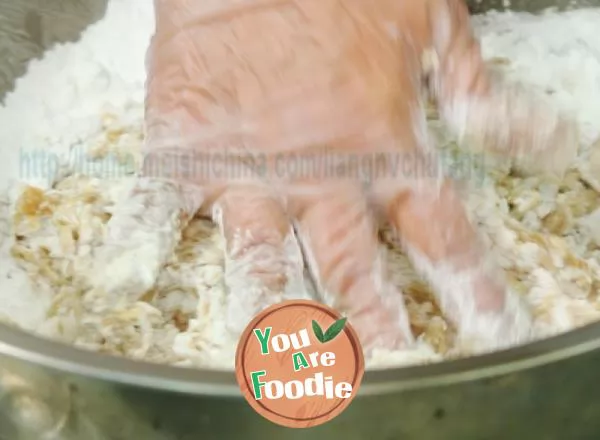
Step 14 . Wear kitchen gloves and mix well (wearing gloves is hygienic and will not stick to hands)

Step 15 . It's OK after kneading into a dough (it doesn't need to be like making pasta. The dough needs more water content, as shown in the figure).

Step 16 . Remove the head of Zongye.

Step 17 . Trim the zongzi leaves into a square.

Step 18 . Subtract the tail (tip) of Zong leaves, and then brush the leaves evenly with oil.

Step 19 . Stick a little oil on the gloves to divide the dough into equal parts, and then knead it into shape.

Step 20 . Put the shaped taro on the Zongye.

Step 21 . Sprinkle the dough with fried red onions.

Step 22 . Put it into a steamer and steam it for 20 minutes, then take it out and eat it directly.

Step 23 . After steaming, take it out and fry it in a well oiled pot until fragrant. Sprinkle a little pepper evenly to increase the aroma. (it can be fried on one side, so if you want to fry it until it is golden on one side, it will not paste, and you must heat it slightly)

Step 24 . Take it out and eat it after it is golden yellow (just lift the bottom with a spatula and have a look).
* Information is provided from the Internet, If there is a copyright infringement, Please contact administratoryouarefoodie.com, We will deal with as soon as possible, Thank you!
